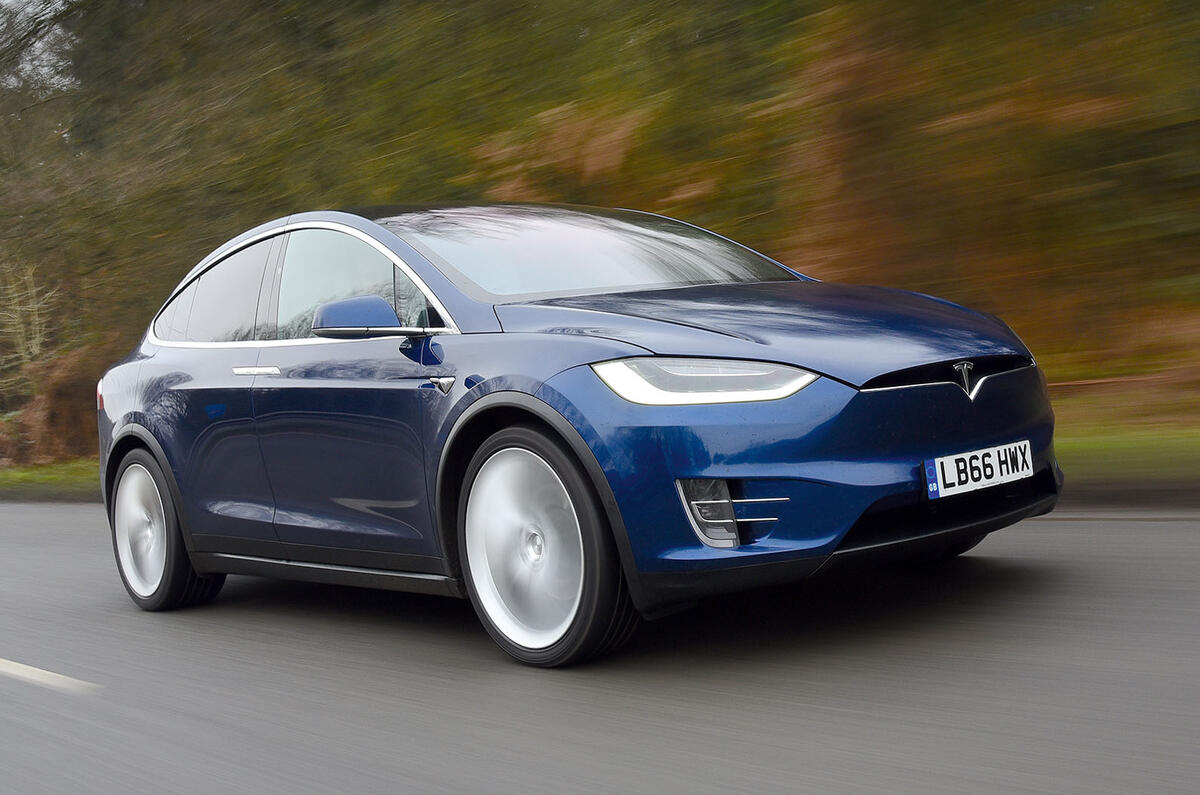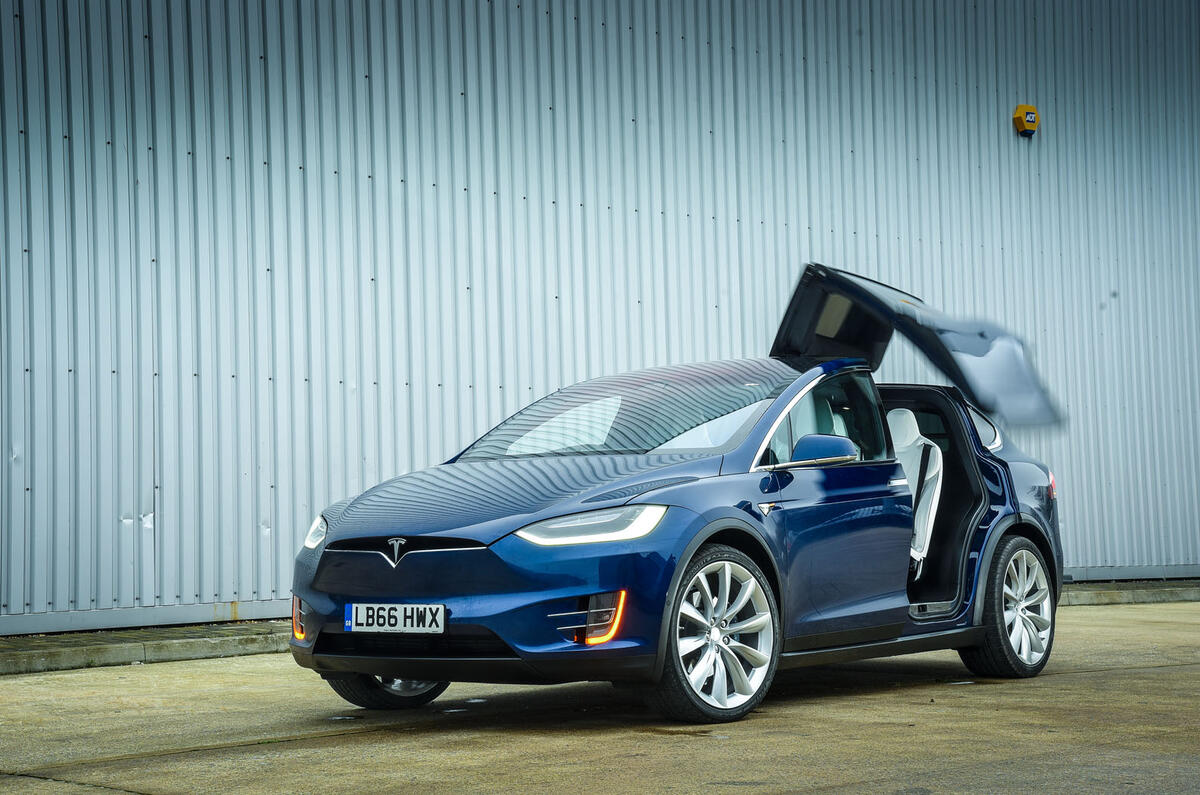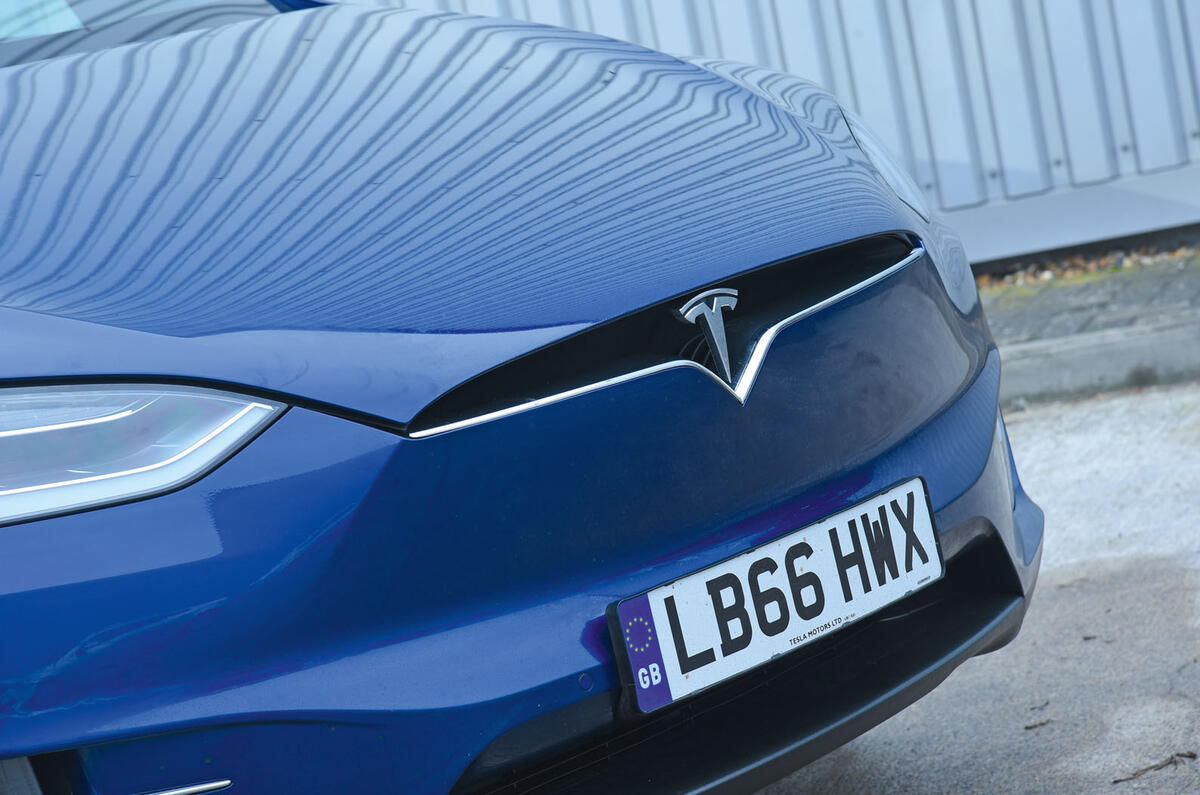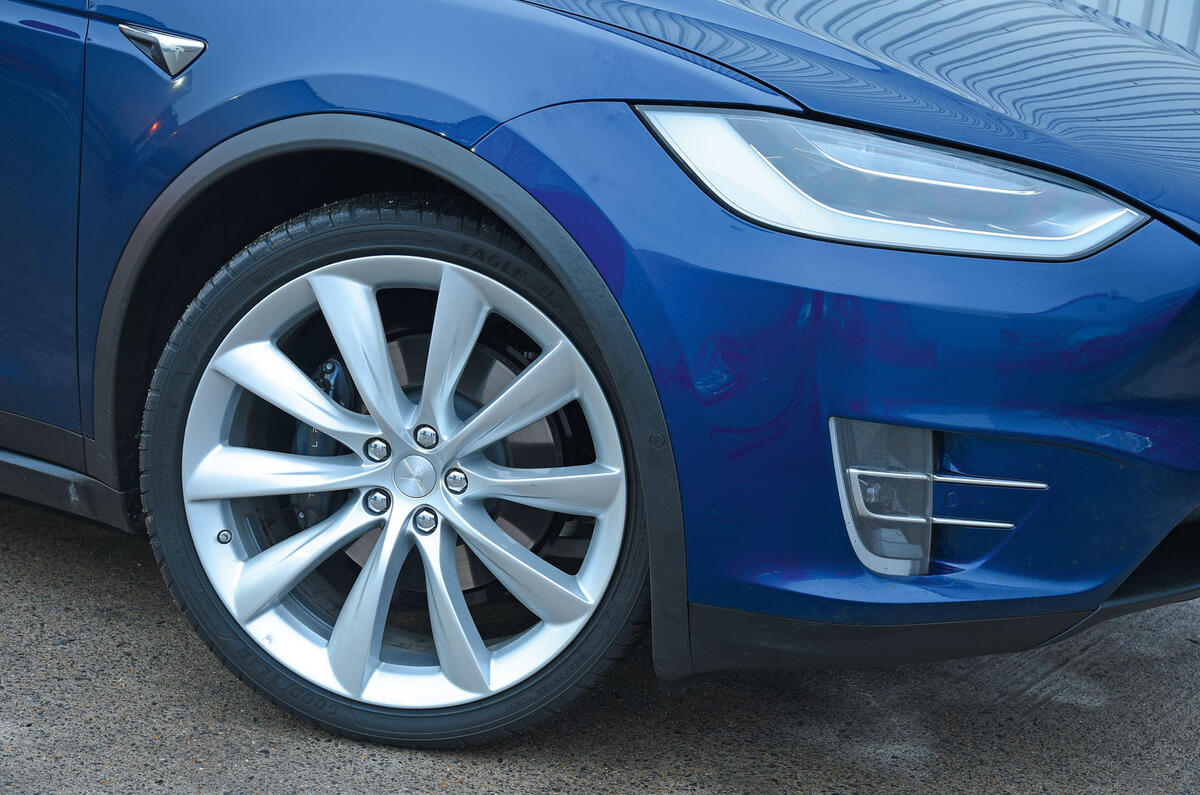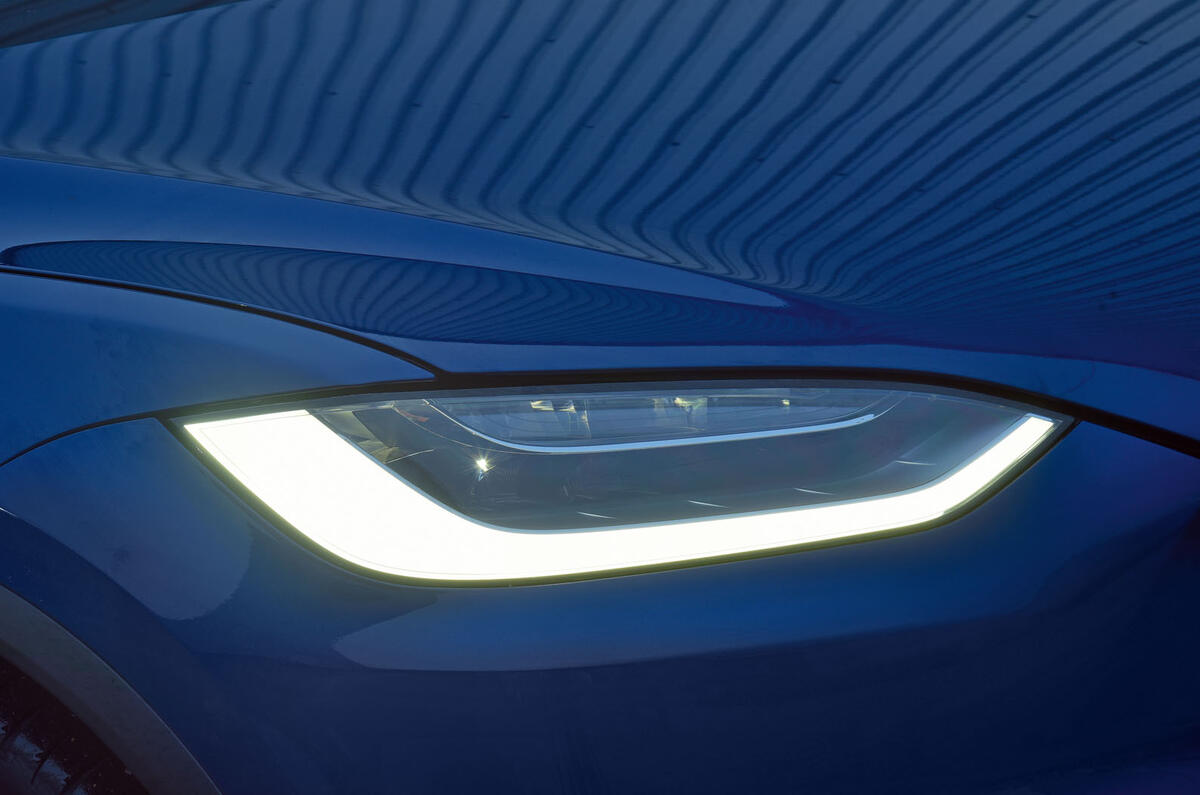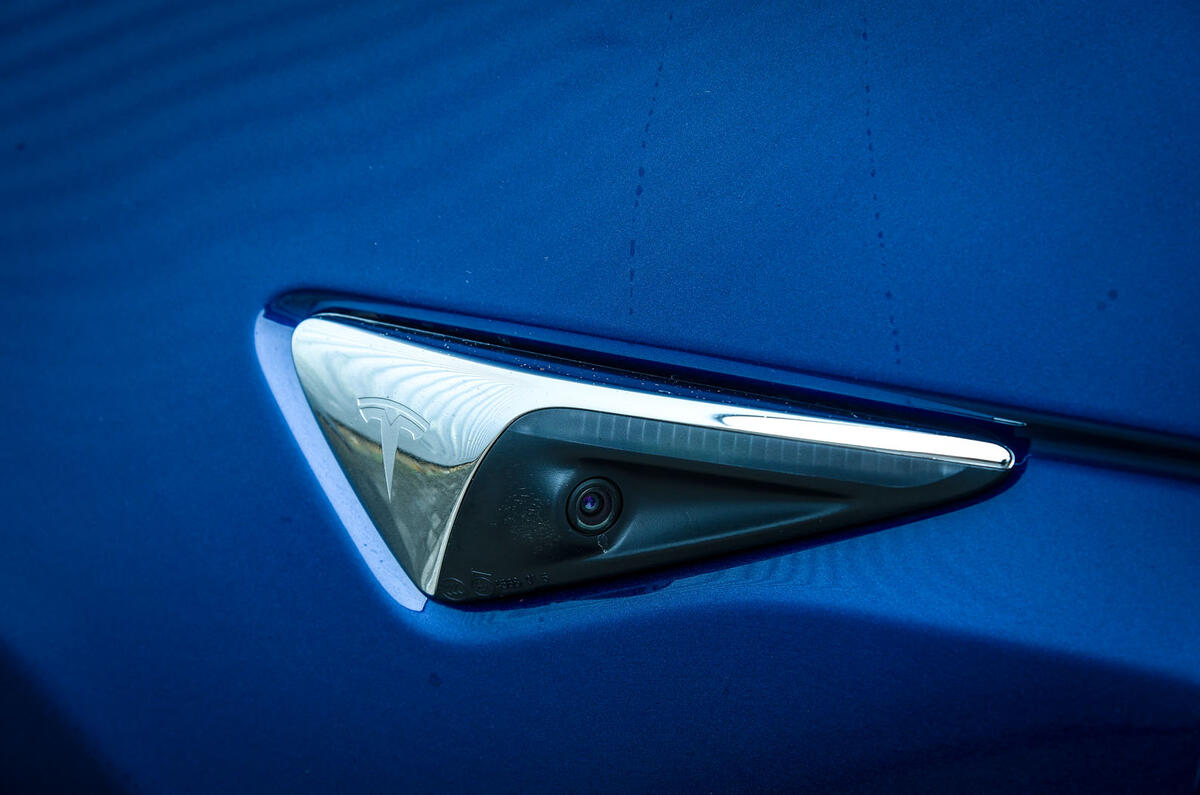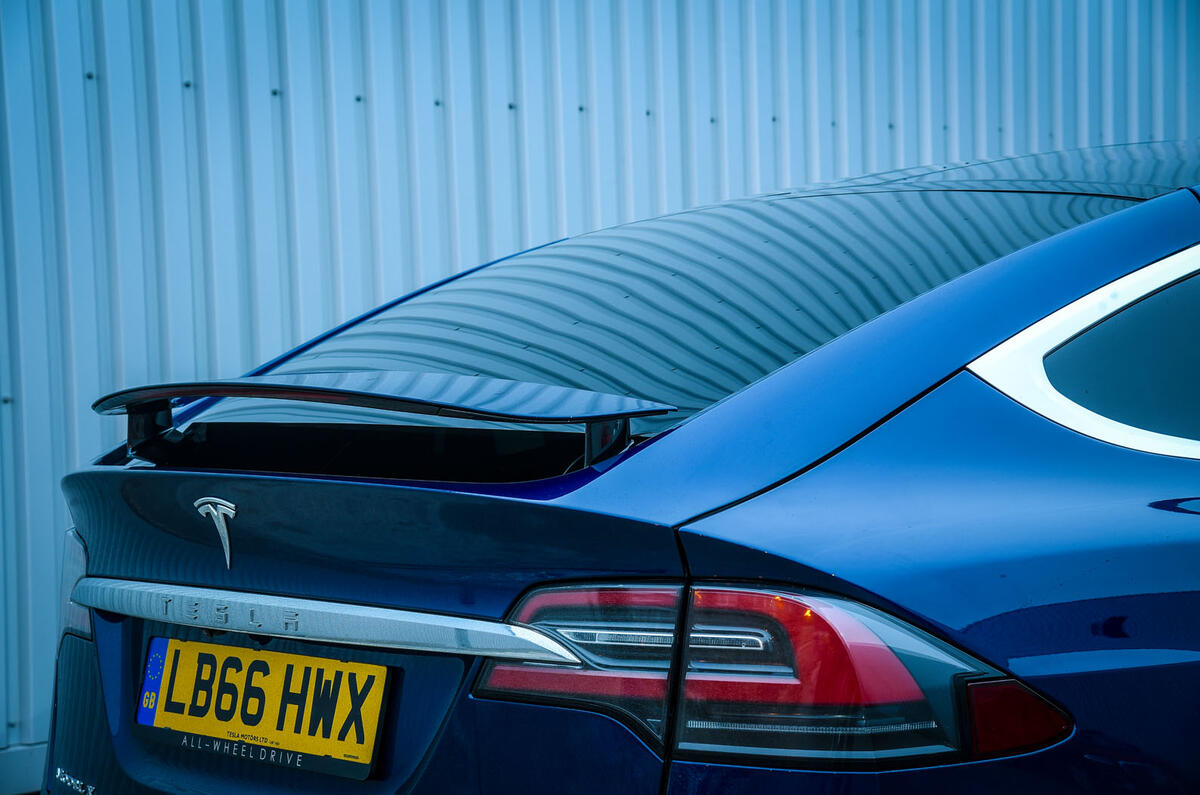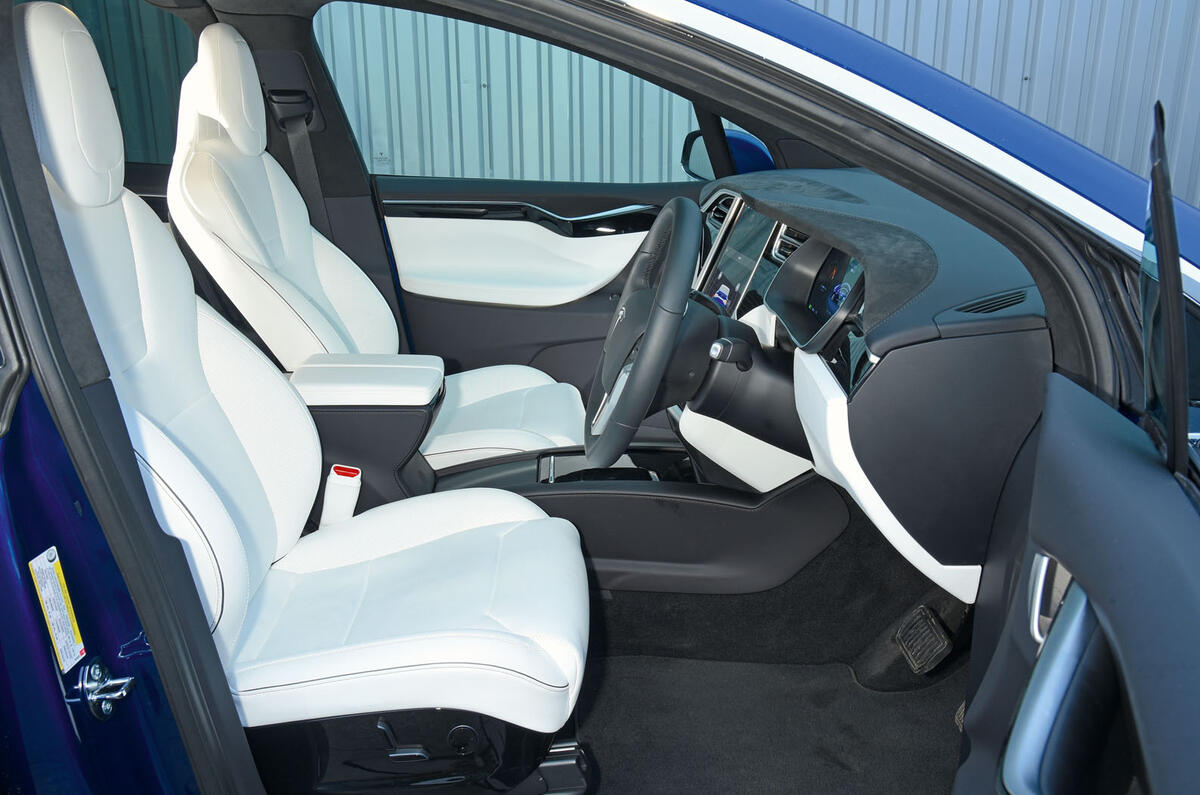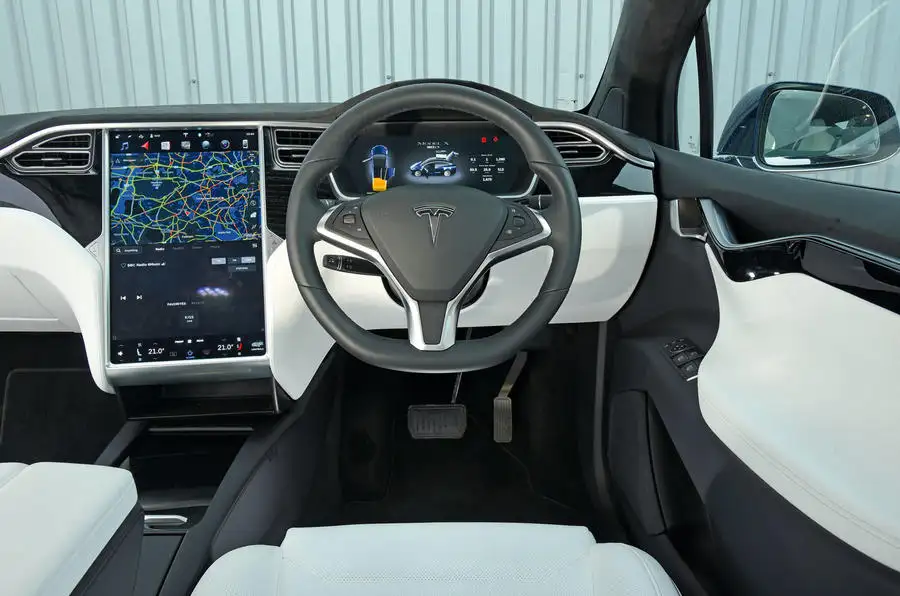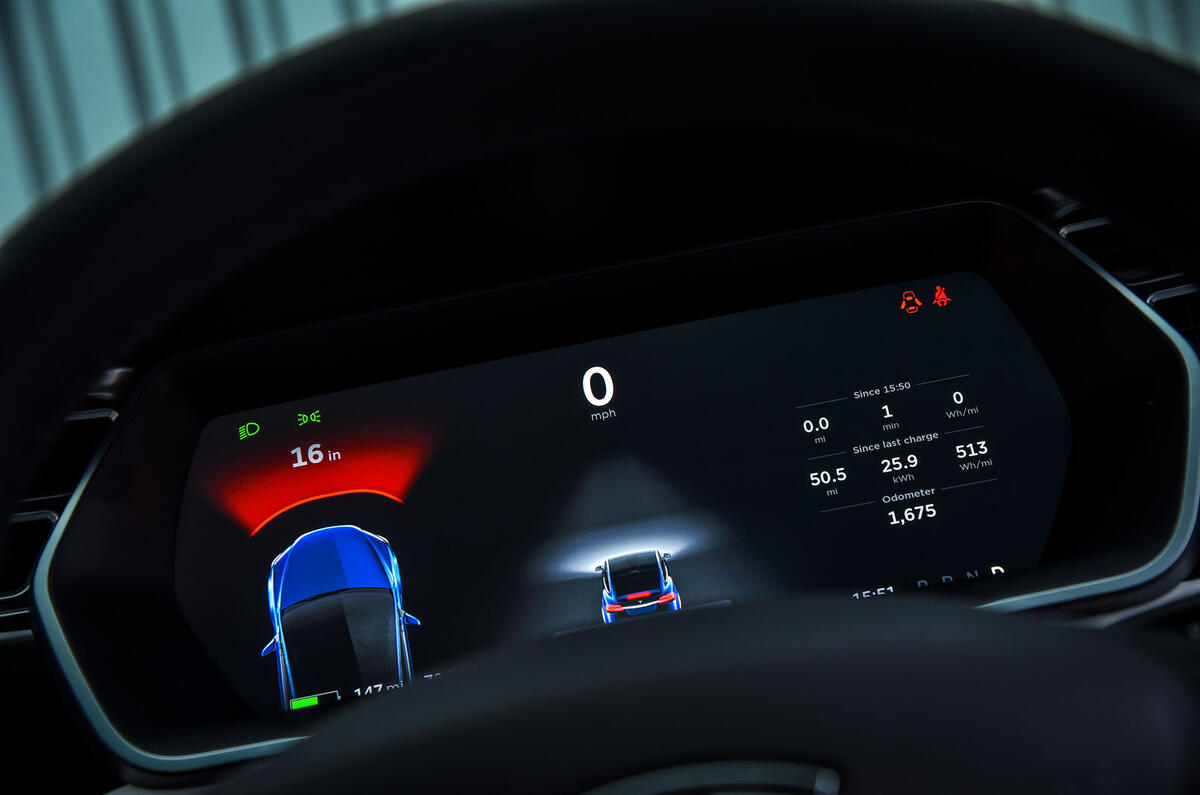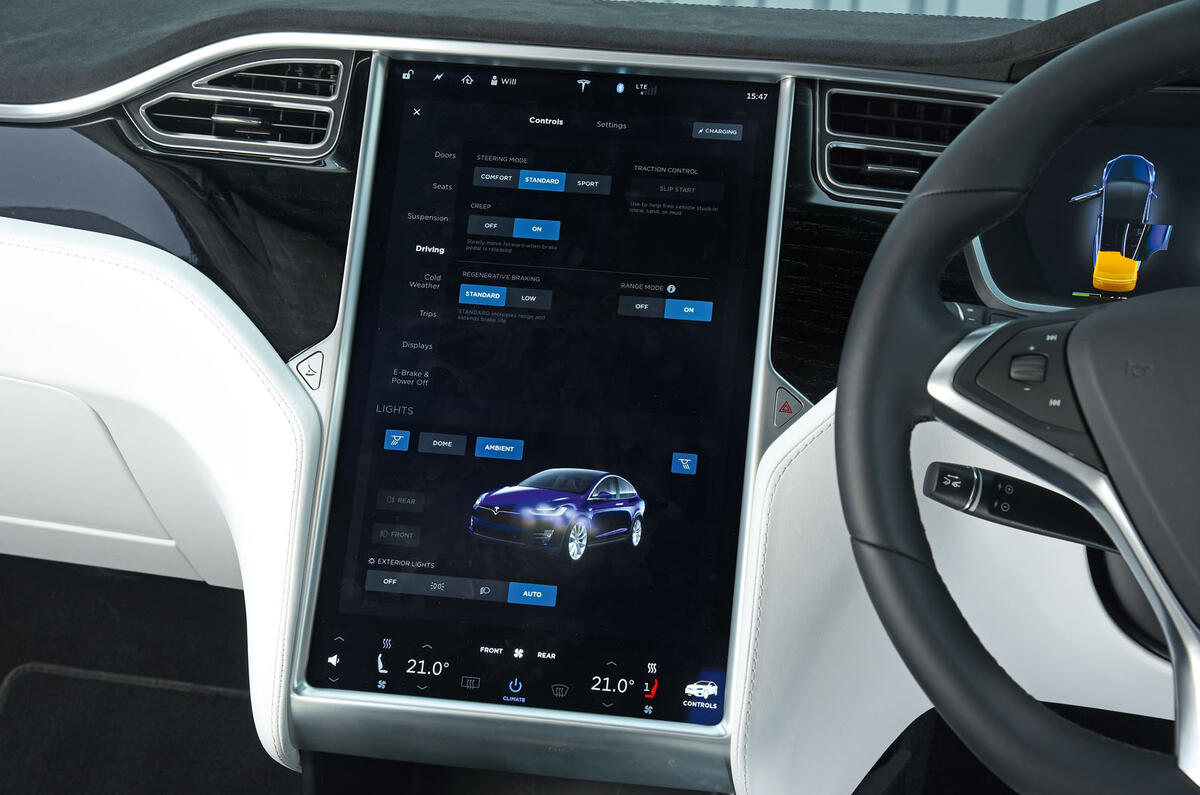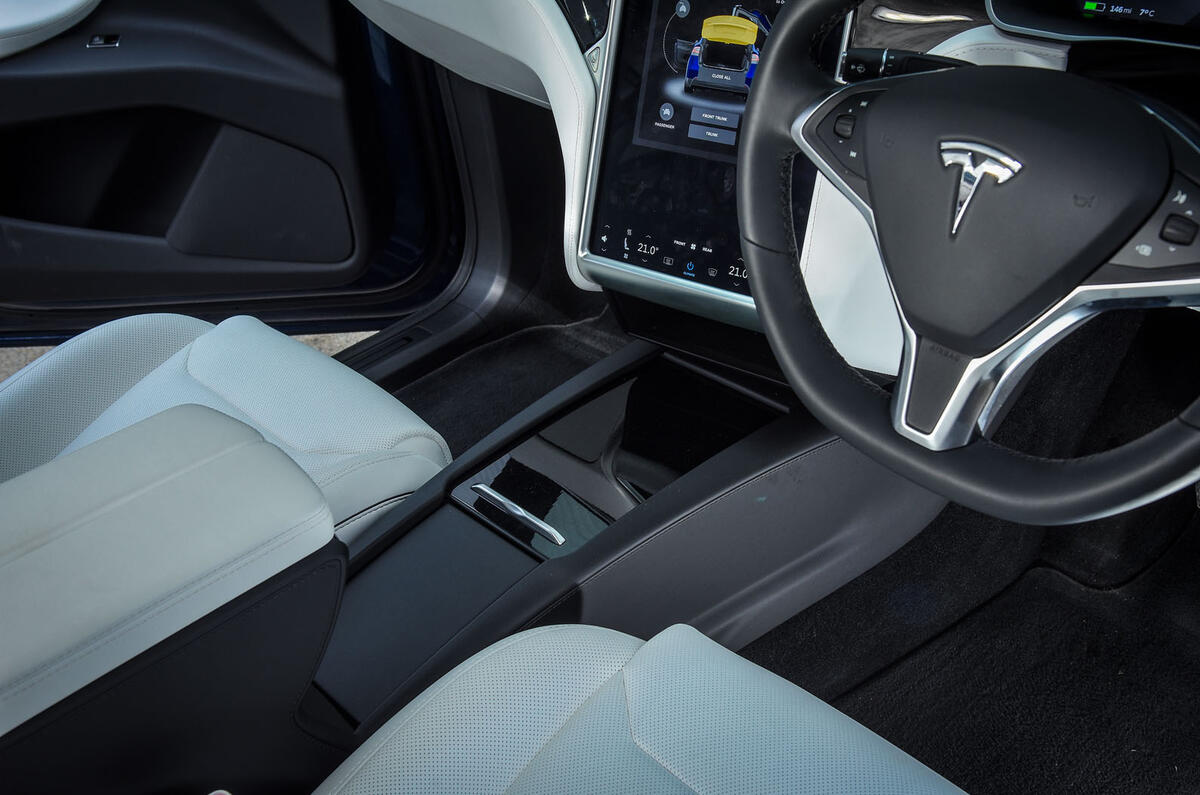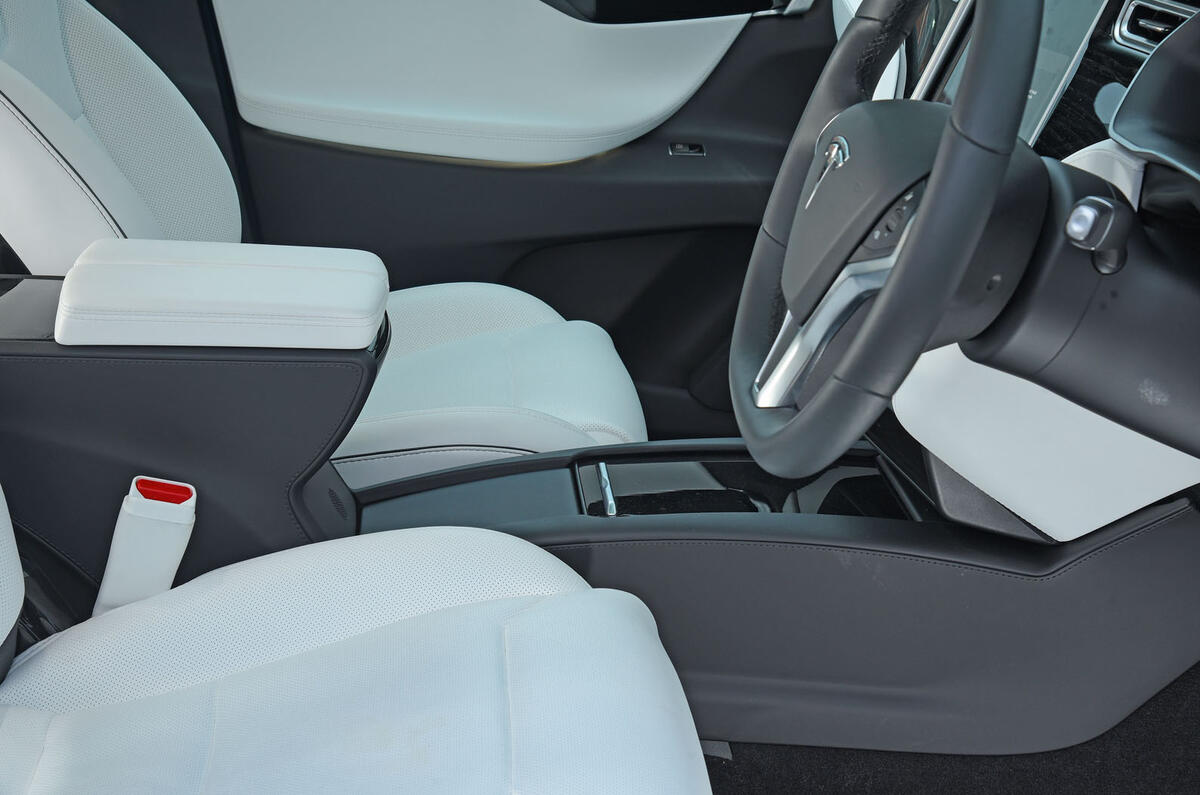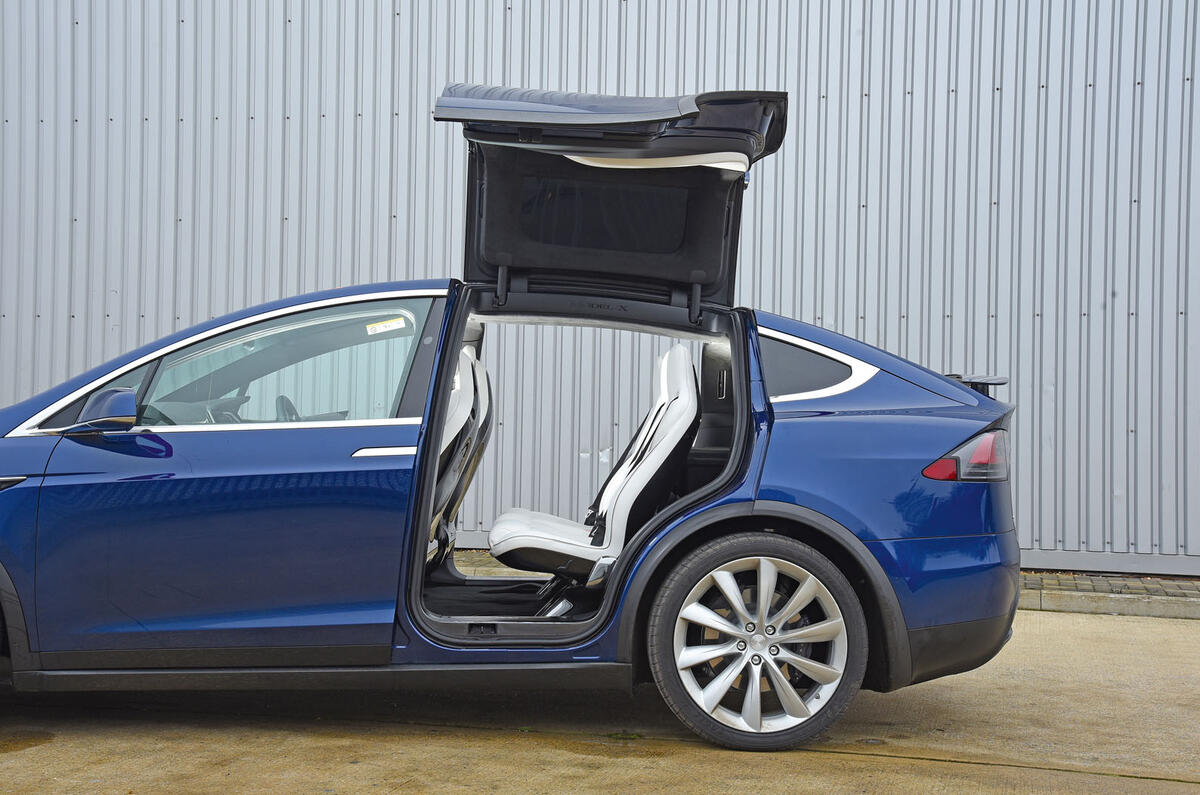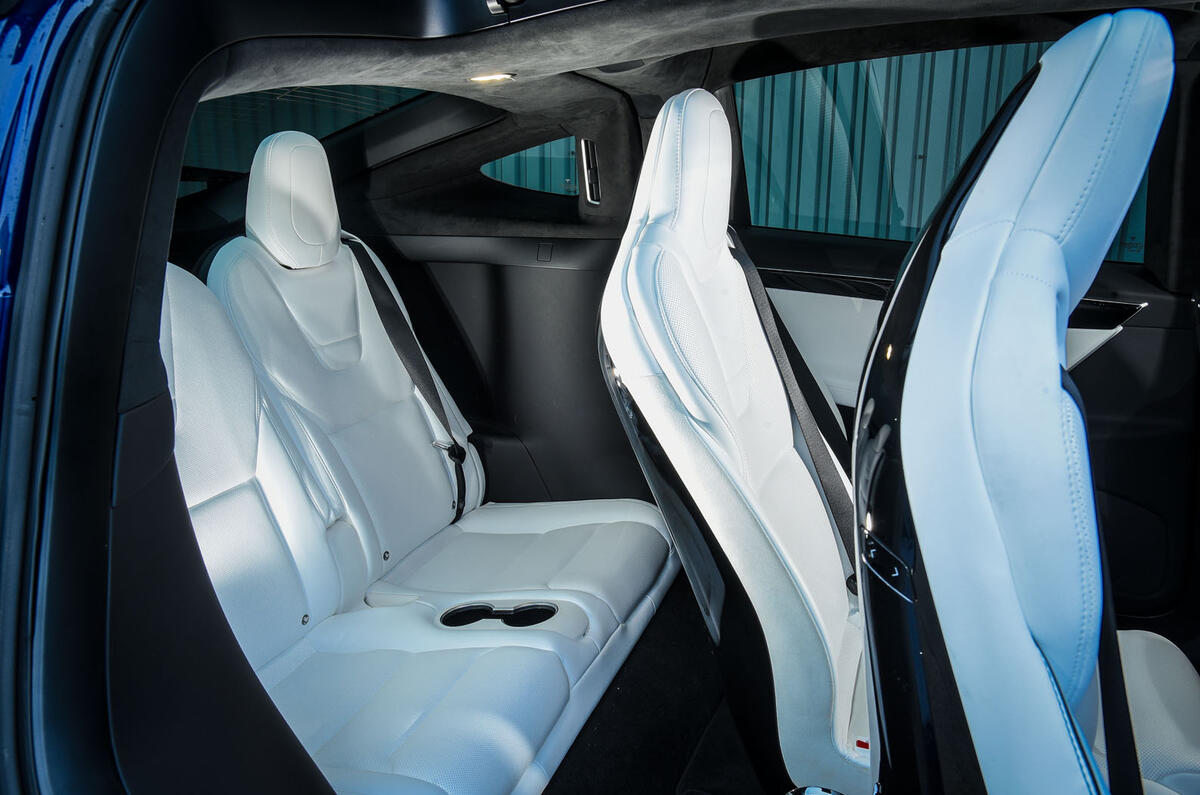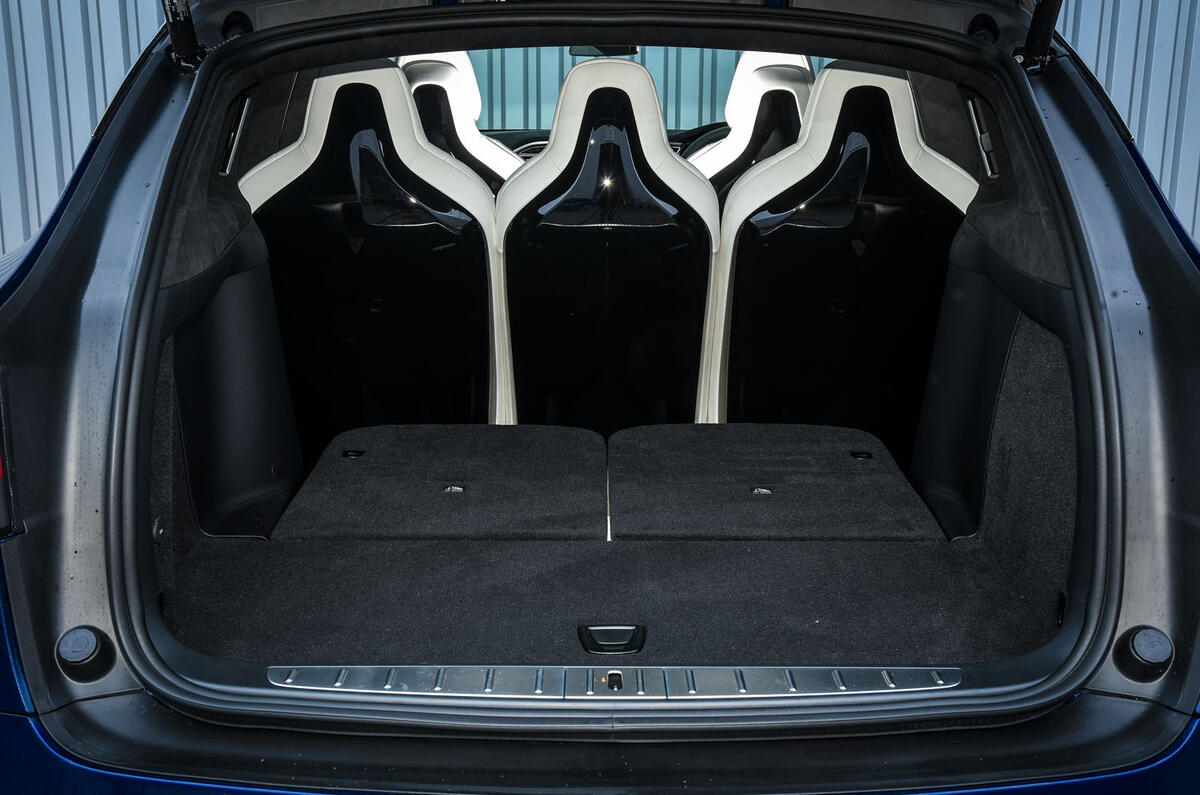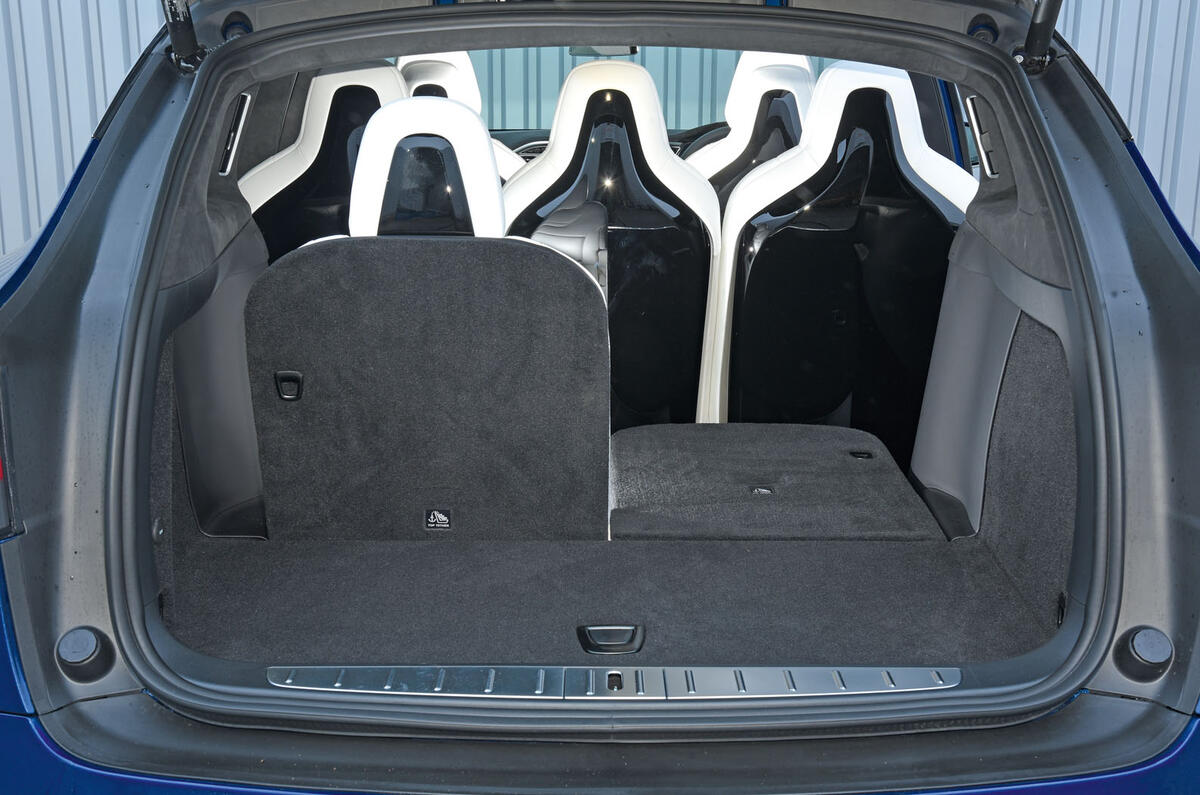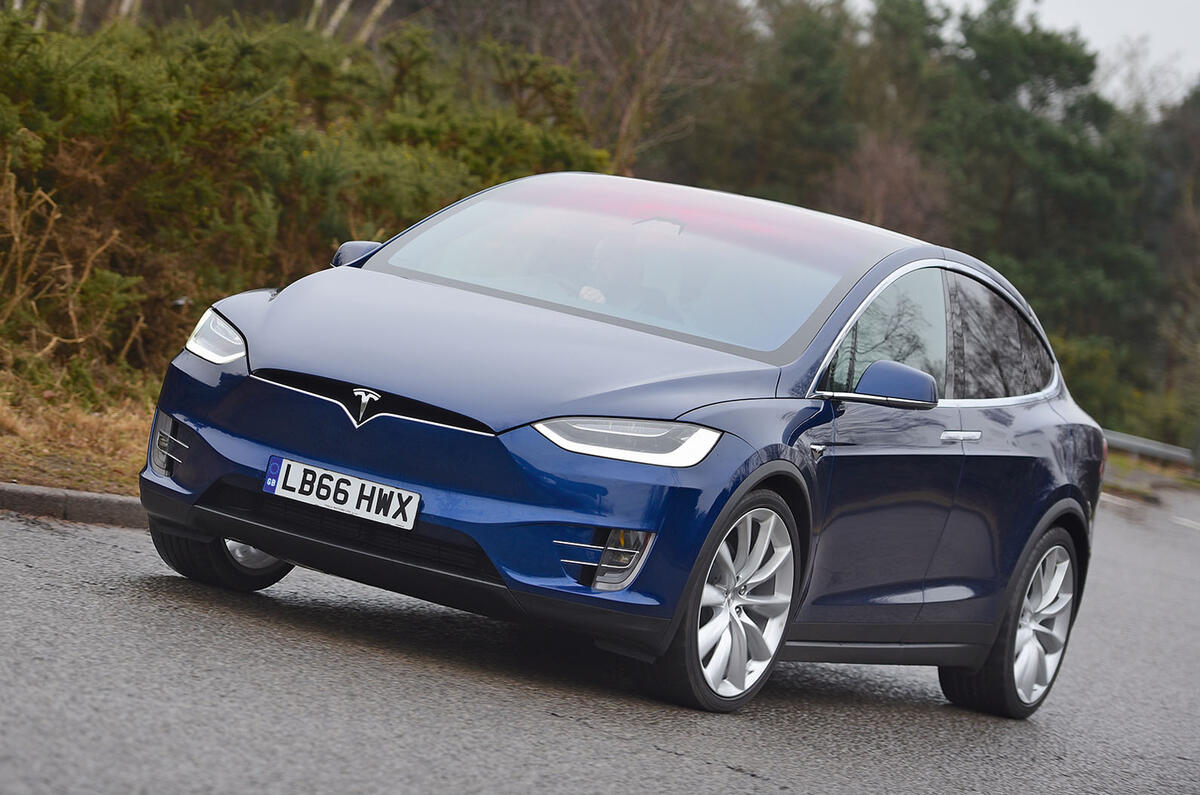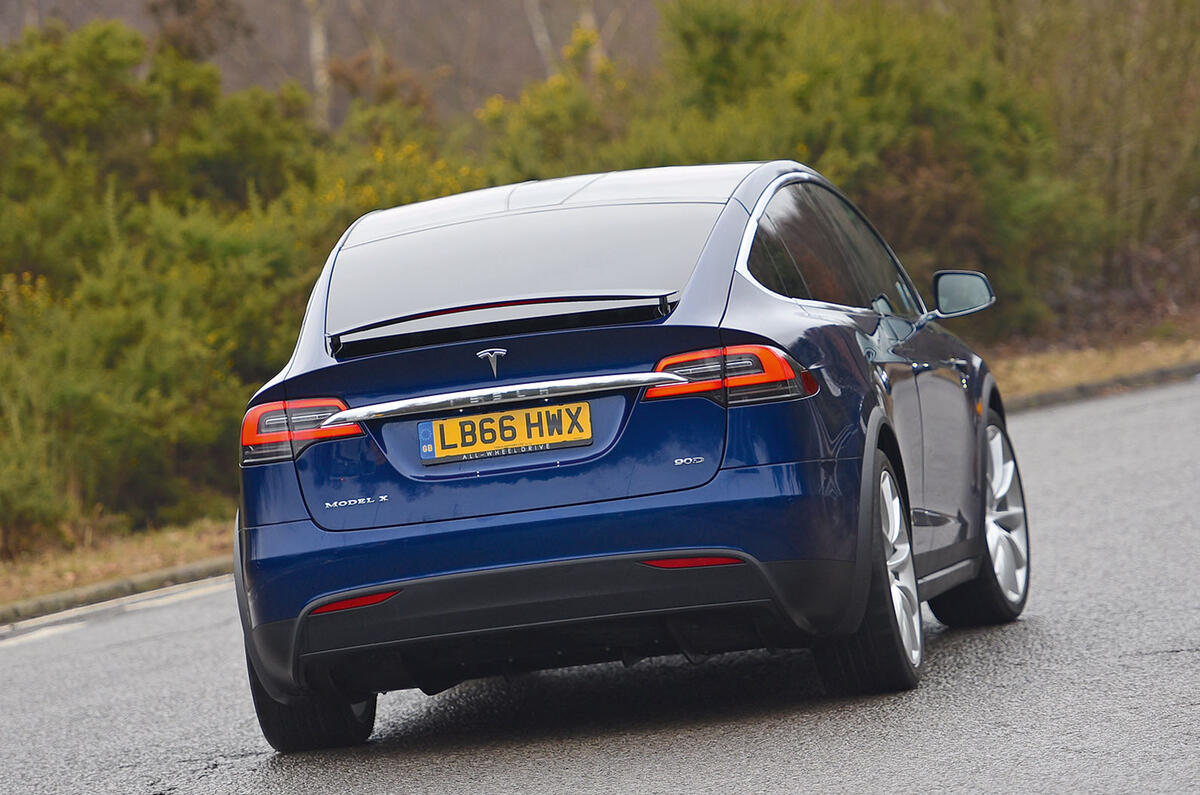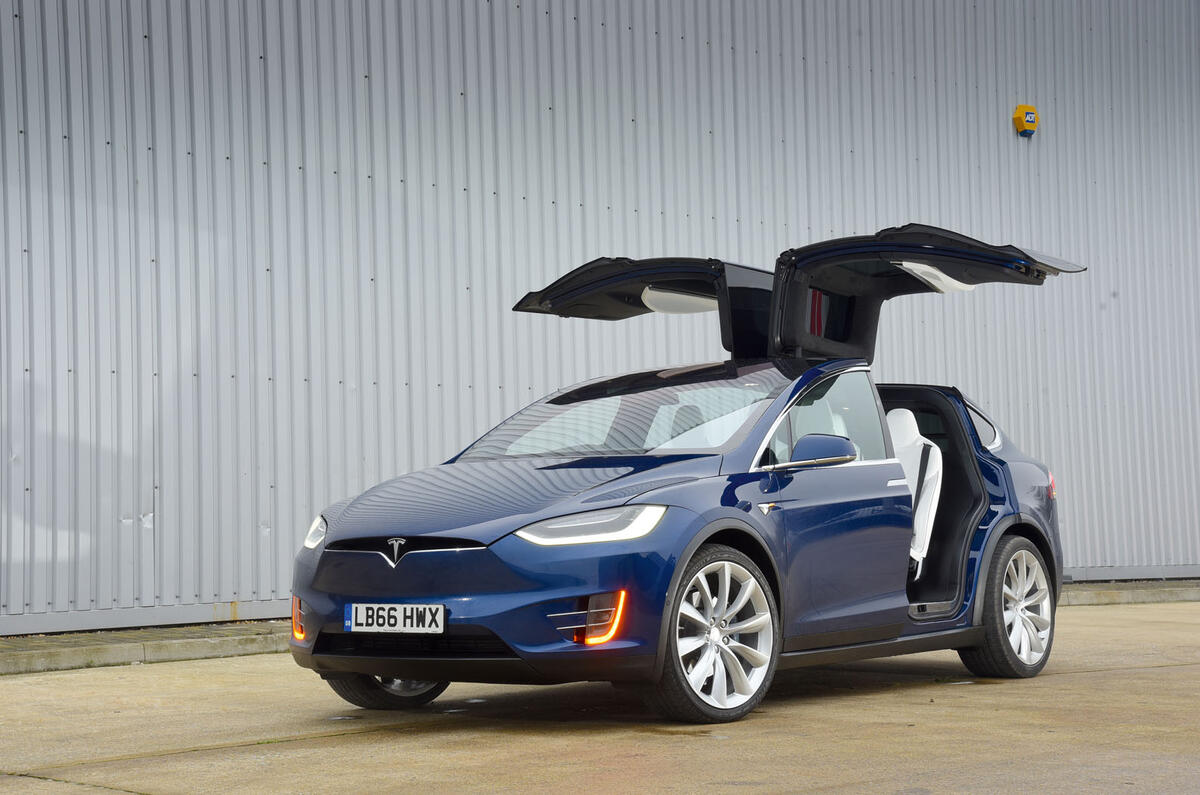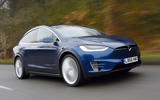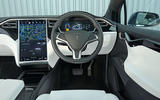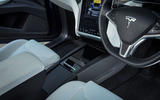There are many good things about electrically powering a vehicle, but the fact that the battery and motor combination weighs twice as much as an old-school powerplant is not one of them.
The Tesla Model X tipped our scales at 2508kg, which wouldn’t be outrageous for a 4x4 that maintained serious off-road pretensions, but it does highlight one disadvantage of an EV, given that the Model X is very much a road-orientated car.
It’s hard enough to make a car that both rides and handles and, given the Model X’s 2.5-tonne kerb weight, Tesla has made the case harder still for itself. It’s not a total surprise, then, to find that the Model X’s ride is firm, in an attempt to retain control of its considerable body movements, while the handling is relatively inert, as the inevitable result of trying to change the direction of its mass.
To Tesla’s credit, that the Model X’s weight is located low in the chassis does, at least, give it a secure handling bias.
It rolls less and at a more steady rate than most other SUVs, and that makes it no less enjoyable or wieldy on most back roads.
On a motorway, meanwhile, its near-silent propulsion, combined with good wind and tyre refinement in the cabin, steady, linear steering and those great ergonomics, mean that the Model X is an extremely relaxing cruising car.



